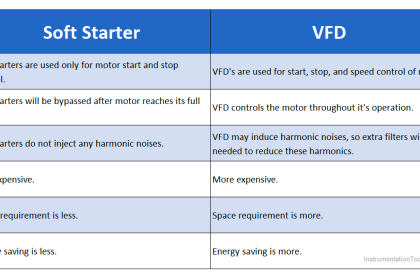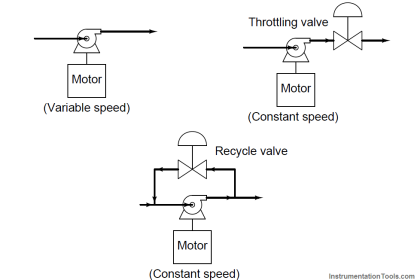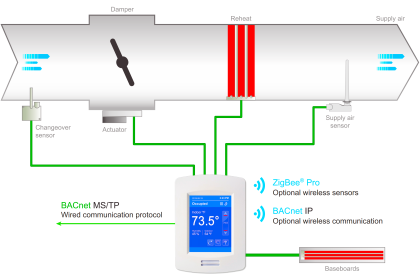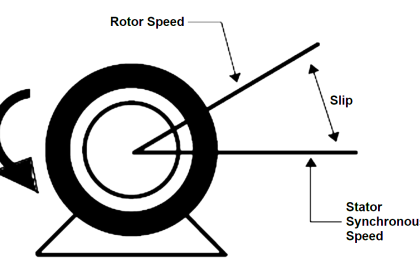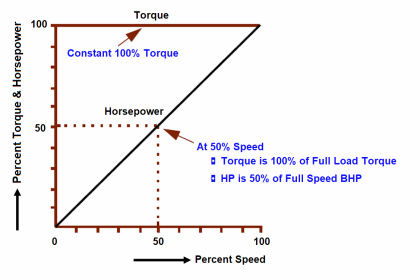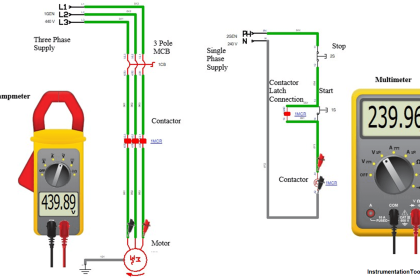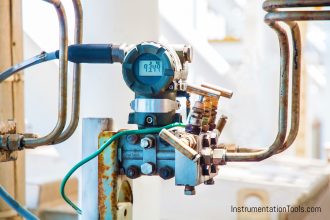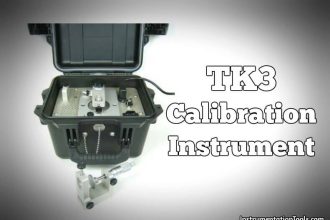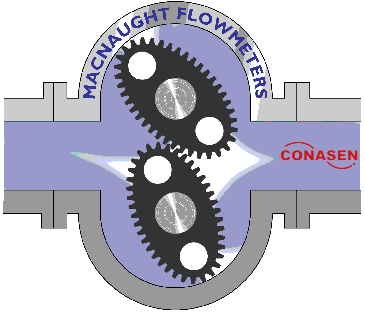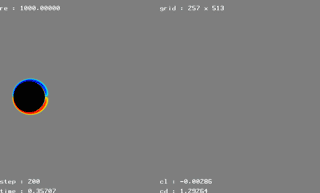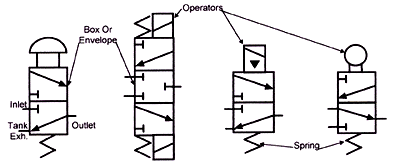You can find a factory with/without a PLC, maybe also there is no a SCADA system in your own factory till this moment.
But for sure there is no factory that does not contain a “Motors” either it is AC or DC.
A good background in “DC/AC Machines” would be a solid basement for an Electrical/Automation Engineer.
Dahlander Motor
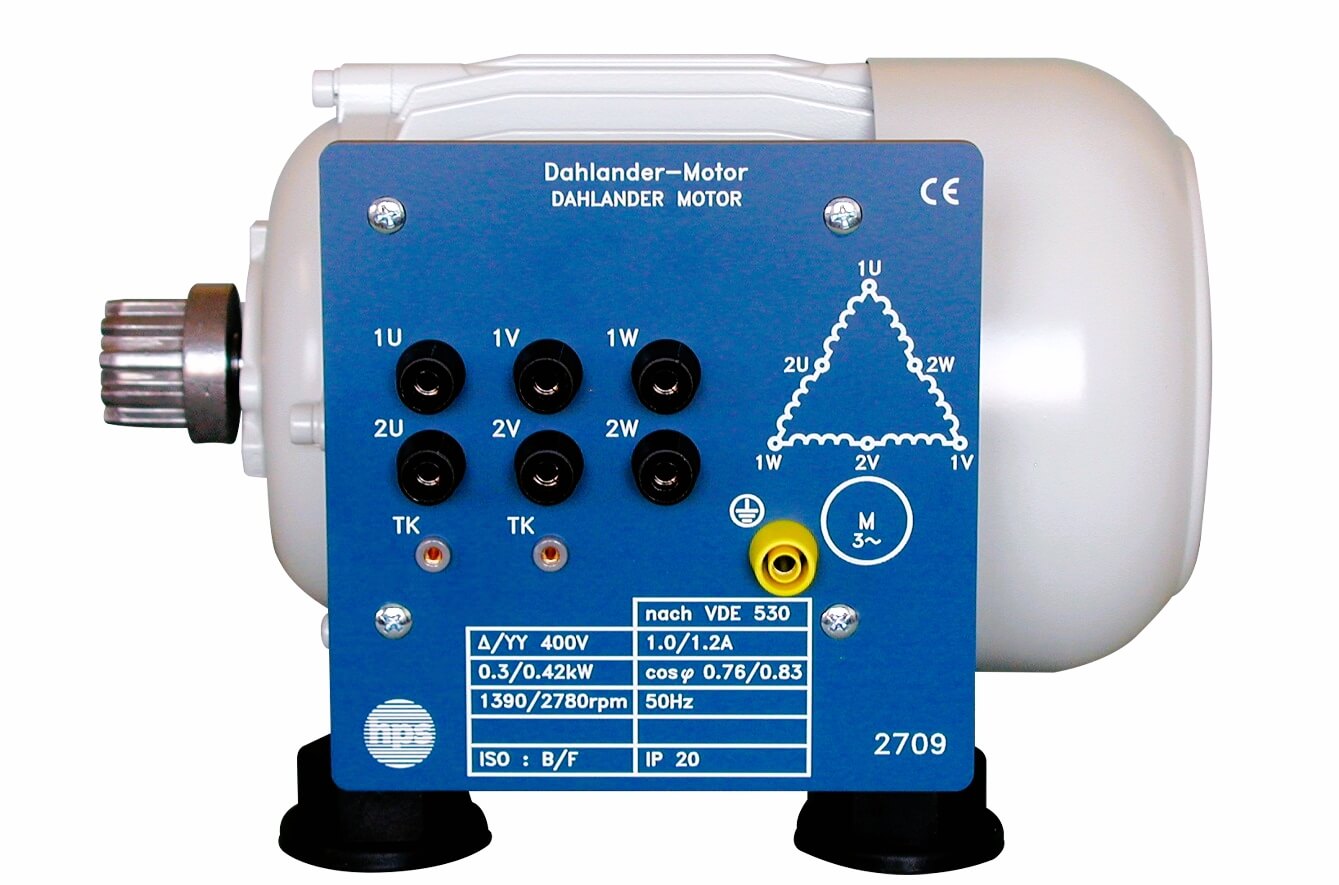
Today we are going to refresh your memories with the Dahlander Motors (need, principle of operation, advantage, and disadvantages) which is a type of multispeed induction motor, so as we always say “lose yourself and the water will lift you up”.
Why did Robert Dahlander invent this motor?
At the beginning of the industrial revolution, there was a huge demand for power and machines to keep up with the industry requirements, that is why a great scientist called Nikola Tesla invented induction motors.
Induction motors have many advantages such as very cheap cost, high efficiency, it has a robust construction that increases their reliability, and finally, we can say that the working principle of an induction motor is very simple and unique.
However, all the advantages mentioned and not mentioned for the Induction motors, there is a serious disadvantage of these motors which is “Constant Speed of Rotation”.
The speed control of the Induction motor is difficult, and here comes the need and power of the Dahlander motor.
Simply we can say a Dahlander motor is the same as an Induction motor except it has a special feature which it can run at two different speeds unlike the Induction motor (Constant speed).
So, we can say that all we need from a Dahlander motor is to be used in some applications that require variable speed motors.
Principle of Operation for a Dahlander Motor
As we said before, a dahlander motor is nothing but a two-speed induction motor, and from the given below equation we can find the speed of an induction motor can be changed by the changing of:
- Frequency of the power source.
- The number of poles in the motor winding.
Motor Speed (rpm) = 120 x (F/P)
Where
F is input power frequency in hertz
P is motor poles
The idea behind Dahlander motors is that they can achieve different speeds by switching the configuration of the electrical windings, indirectly adding or removing poles and thus varying the rotor speed.
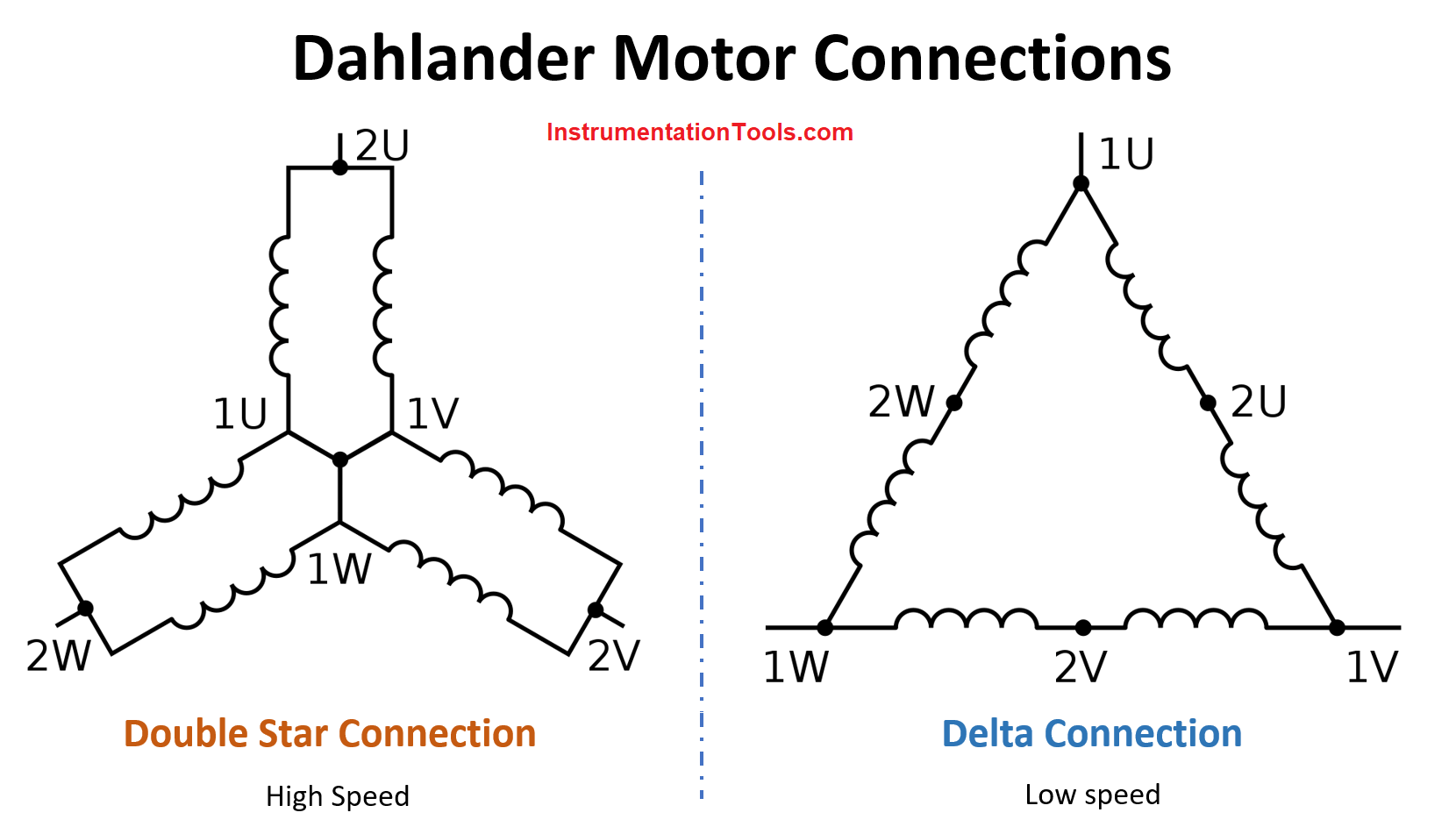
The poles can be varied at a ratio of 1:2 and thus the speed can be varied at 2:1.
The stator winding of the Dahlander motor consists of six coils. By combing these in different ways, the winding can be given in different numbers of pairs of poles.
Normally, the electrical configuration of windings is varied from a delta connection to a double star connection (or vice versa) in order to change the speed of the motor.
Advantages and Disadvantages of a Dahlander Motor
Pole changing motors are normally used in applications where two-speed controls are necessary.
Some typical applications are:
- Pumps, wherein two speeds can be used to control the output flow.
- Fans, to get variable airflow output.
- Milling applications.
- Cranes, where two speeds can be used in hoisting applications: one speed for material movement and the other for positioning the material held in the hoist.
The main advantage of the Dahlander motors is that they have a better performance compared to other speed control systems like variable frequency drives, as there is less power loss.
This is because most of the power is used to drive the motor and no electrical pulse switching is done.
The system is much simpler and easier to use compared to other speed control methods available.
